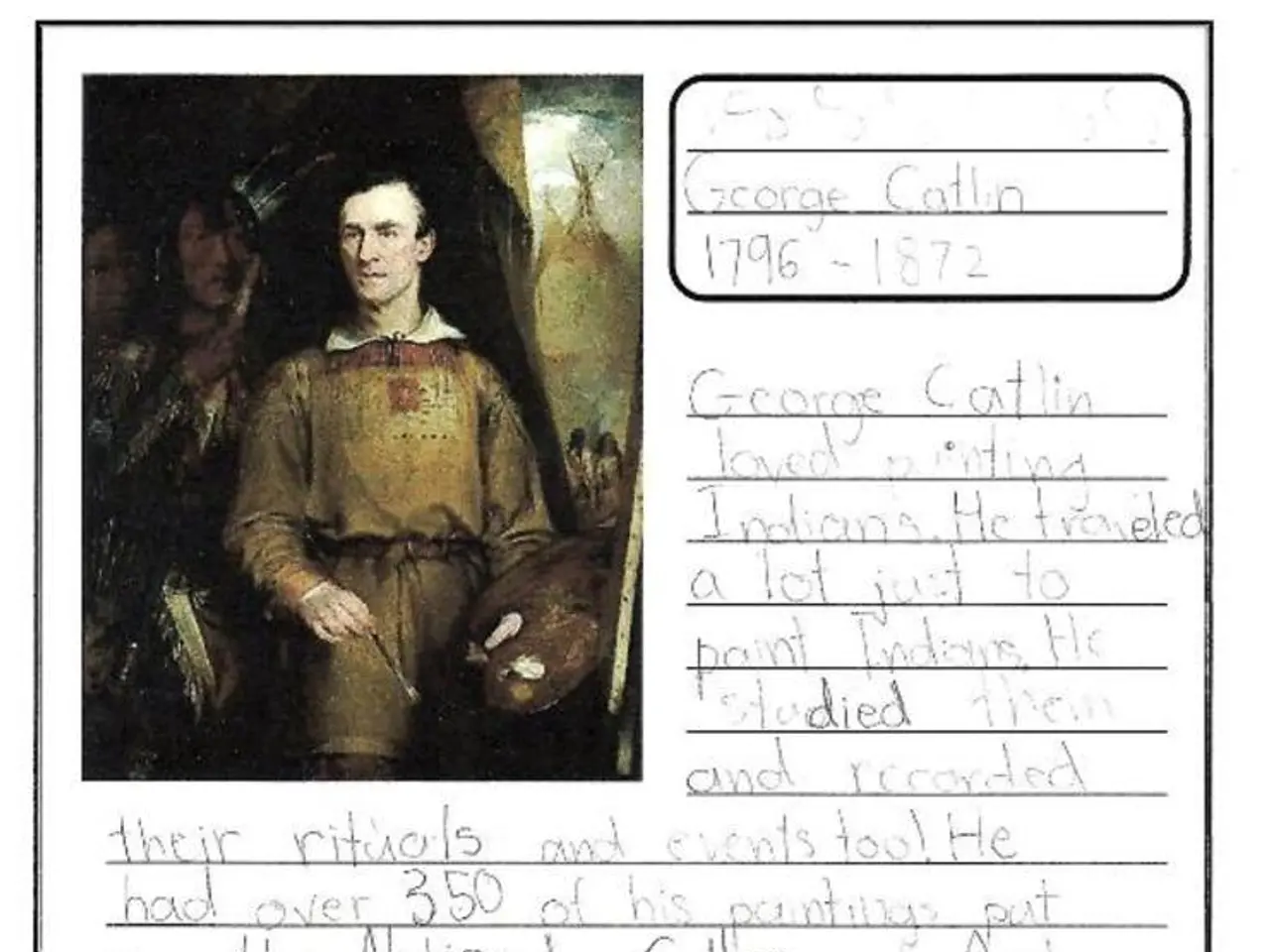Ancient Babylonian manuscript, lost for a millennium, decoded by modern artificial intelligence.
In a groundbreaking discovery, a 4,000-year-old clay tablet known as the "Hymn to Babylon" has been decoded using AI technology, offering fresh insights into ancient Babylonian society, urban life, women, and foreigners.
The hymn, a lengthy paean of 250 lines dating from the start of the first millennium BCE, paints a vivid picture of the city of Babylon. It describes the city's impressive urban architecture, from grand buildings to bustling markets, and offers unique details about the natural environment, particularly the Euphrates River. The hymn suggests that the river, with its life-giving waters, brought spring and greened the fields surrounding Babylon, an unusual detail in Mesopotamian literature.
The hymn's popularity is evident from the numerous copies found, including versions copied by children in schools, indicating its role in education and culture. Moreover, the text portrays a harmonious urban society where inhabitants lived together with respect, including toward foreigners, revealing an inclusive aspect of Babylonian city life rarely documented before.
One of the most significant new findings concerns the roles of women in Babylonian society. The hymn highlights that many women served as priestesses, a fact previously unclear in Babylonian texts. These priestesses were described as virtuous, devoted, and discreet, indicating their esteemed social and religious status.
The hymn also reveals a respectful attitude toward foreigners, suggesting a society that acknowledged and valued coexistence with outsiders. This respectful attitude toward foreigners is a novel insight into urban social dynamics from that era.
Babylon, founded around 2,000 BCE in Mesopotamia, was once the largest city in the world. Its ruins, a UNESCO World Heritage Site about 52 miles outside of the Iraqi capital of Baghdad, stand as a testament to its grandeur. The hymn's description of the city's abundance and wealth, provided by the Euphrates river, further underscores its significance.
The decipherment of the "Hymn to Babylon" enriches our understanding of Babylon as not only a majestic city with notable architecture and lush natural surroundings but also as a society with respected religious roles for women and a culture of respect and inclusion toward foreigners. Further advancements in translation could potentially lead to a better understanding of this ancient celebration of the city.
Science, technology, and artificial intelligence collaborated to decode the 4,000-year-old "Hymn to Babylon," opening a window into the past, demonstrating that even ancient societies embraced the power of technology to illuminate their societies, women's roles, and attitudes towards foreigners. The newfound understanding of the city of Babylon's rich history, including its advanced utilization of technology, further sheds light on the potential interplay between science, technology, and the evolution of human civilizations.




